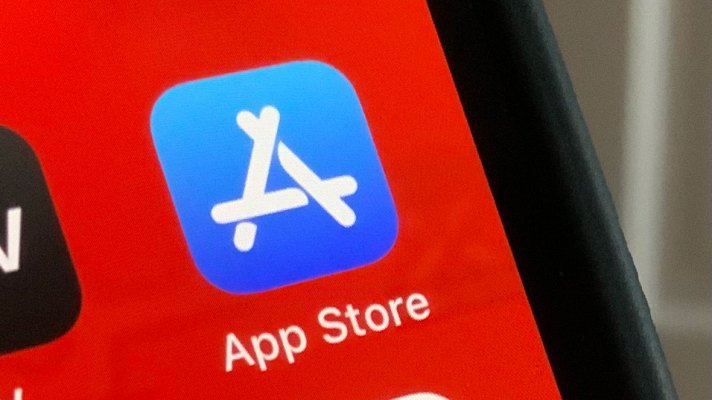A new court ruling will put a pause on a legal requirement that directs Apple to open up its App Store to third-party payments. Despite Apple’s win in its lengthy antitrust court battle with Fortnite maker Epic Games, the iPhone maker moved to once again appeal the court’s decision earlier this month to argue its case in the U.S. Supreme Court. Though Apple largely won its court battles and was declared to be not a monopoly — a significant win and sizable setback for Epic Games and other app developers who want to reduce commissions paid to Apple — the Cupertino tech giant was unhappy with one of the lower court’s decisions: that it would have to give app developers the ability to link to their own payment systems instead of using Apple’s own.
Now, in a new filing, first reported by The Verge, Apple was granted a motion that would allow it to put the appeals court ruling on hold for 90 days as it files its appeal to the Supreme Court.
Had that motion not been granted, Apple would have to begin to allow apps that offer their own links or buttons to non-Apple payment systems in its App Store, which would permit app developers to circumvent Apple’s 15%-30% commissions on in-app purchases and subscriptions. As a result, Apple would see its App Store revenues decline.
Epic had originally sued Apple in 2020 over the fees Apple charges on in-app payments, seeking the court to put a stop to Apple’s practices so app developers could run payments through their own payment processors and avoid Apple’s commissions. The case eventually reached the U.S. Ninth Circuit Court of Appeals, where the court ruled against most of Epic’s claims. However, it had upheld a lower court’s judgment in favor of Epic under California’s Unfair Competition Law.
“The district court did not clearly err in finding that Epic was injured, err as a matter of law when applying California’s flexible liability standards, or abuse its discretion when fashioning equitable relief,” the ruling stated.
In other words, the “anti-steering” changes the lower court previously decided on would once again be required. (Apple’s anti-steering rules prohibit app developers from pointing consumers to other places they can pay for their subscriptions and in-app purchases outside of Apple’s own App Store ecosystem.)
Although the court has now agreed to grant Apple’s motion to delay the changes to its App Store anti-steering rules, Ninth Circuit Judge Milan D. Smith Jr. shared his distaste over the decision. “I write separately to express my view that, while the arguments in Apple’s motion may not be technically frivolous, they ignore key aspects of the panel’s reasoning and key factual findings by the district court,” he wrote.
“When our reasoning and the district court’s findings are considered, Apple’s arguments cannot withstand even the slightest scrutiny. Apple’s standing and scope-of-the-injunction arguments simply masquerade its disagreement with the district court’s findings and objection to state-law liability as contentions of legal error,” the judge concluded.
After Apple notifies the court the petition has been filed with the Supreme Court, the stay will continue until the Supreme Court resolves the petition, the filing notes.
In response to the court’s decision to grant Apple’s motion, Epic Games CEO Tim Sweeney also tweeted his displeasure.
“Sadly, Apple’s anti-steering rules – which both the District Court and the 9th Circuit Court found to be illegal – will remain in place, as the 9th Court Court stayed the injunction that puts an end to the practice. Justice delayed, again,” he said.
Other app developers have simply decided to route around Apple’s rules. Netflix had long ago ditched in-app subscriptions on iOS and more recently, Spotify did the same. In a clever workaround, the streaming music service announced this month that customers who had been paying for the service through Apple’s App Store could no longer pay through this method and would be moved to a free account at the end of their billing cycle. If they wanted to remain a premium subscriber, they’d have to purchase a plan through Spotify’s website.
